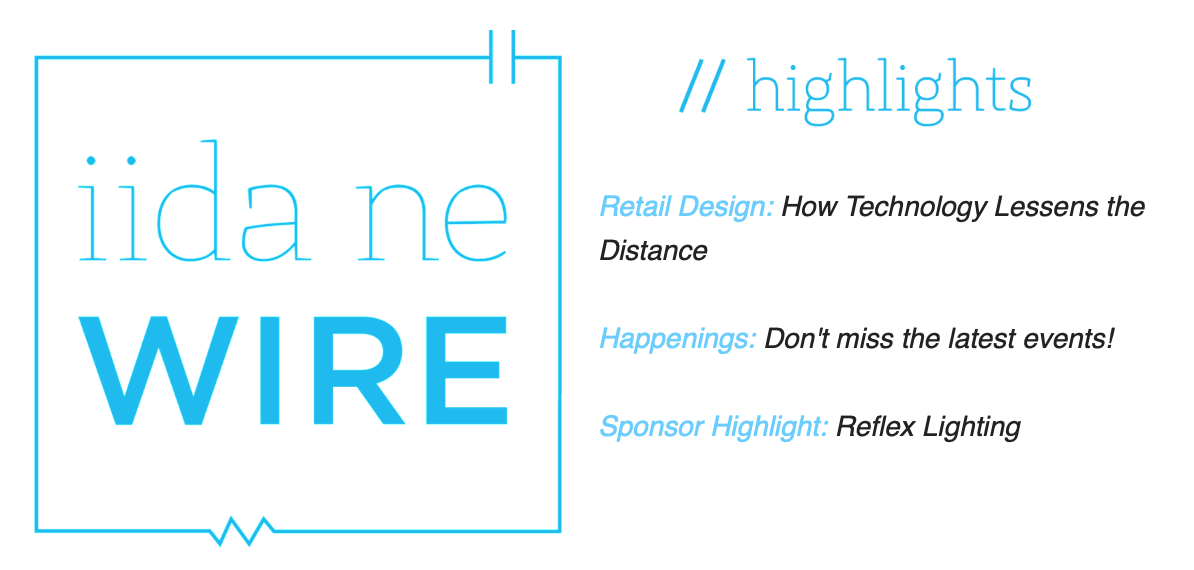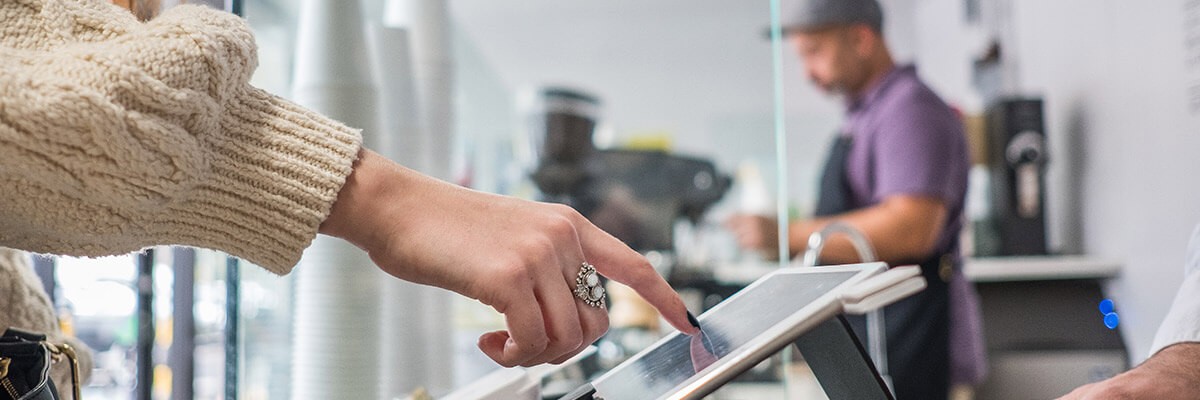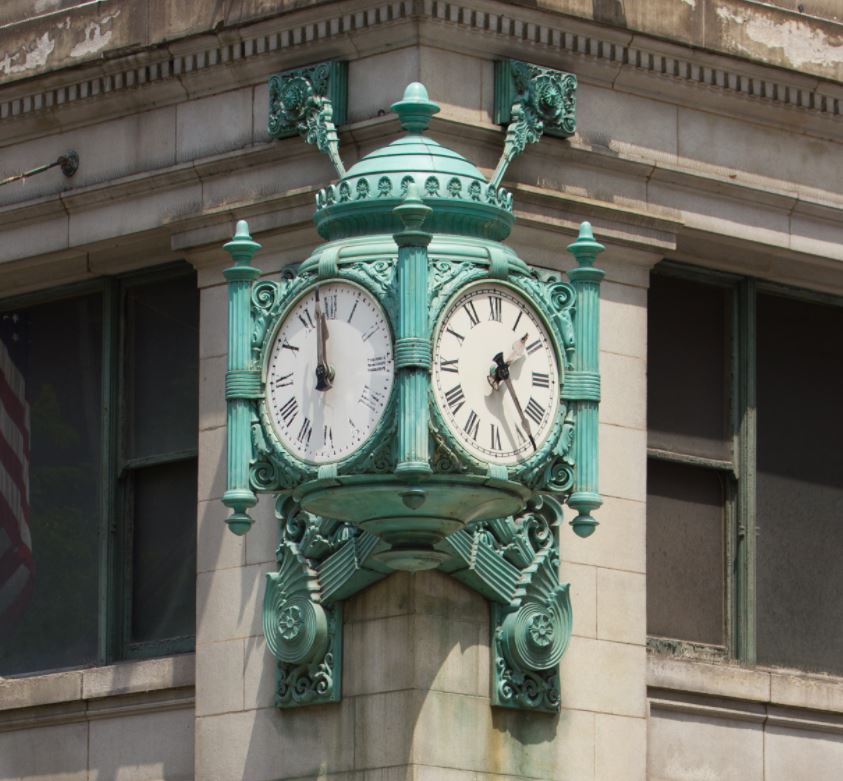|


Retail Design
How Technology Lessens the Distance
The beginning of a new year often signifies a time of change in our lives. People choose to explore new hobbies and habits with the intension of improving their knowledge and lifestyle. Yet, 2020 induced change at a rapid pace with the explosion of the Coronavirus and drove the world to adapt and advance in a matter of months. Upon the first reported COVID-related death in the US in February 2020, The New York Times reports an immediate skyrocketing on the reliance of technology. Infiltrating all aspects of our lives, technology was used for work and play in an effort to connect people back to the same everyday experiences they had pre-virus. Included in those experiences are the retail and hospitality industry; who are looking to capitalize on the implementation of technology as a way to bring back the customer.
Approximately one month after the pandemic began; the retail and hospitality industry experienced a deep decline in users. According to The Washington Post retail sales dropped 16.4% in April. Meanwhile, another study by The Wall Street Journal records an occupancy rate of just 22% in hotels at the same time.
Flash-forward six months and the recovery process has been slow due to its complete dependence on the users comfort level for success. Both industries have implemented the "new normal" protocols like mask wearing, hand sanitizing, and social distancing as a way to boost customer confidence and draw them back in; but these procedures do nothing to enhance the user experience. This is where the industry has turned to technology for help.
Restaurants, bars, and hotels have integrated technology to create a more enjoyable and safe user experience. Relying on scannable QR codes for menus, mobile room keys, and touchless payments, almost every aspect of a hospitality experience can be found in the palm of your hand. Taking it one step further, some hotels are utilizing customer-facing technology to provide immediate assistance through a remote connection. This allows the customer to connect with on-property staff and receive front-desk and concierge assistance without ever coming face-to-face.
Similarly, retail is dipping their toe in the virtual pool and has begun exploring augmented reality. Most notably, beauty retailers MAC and Sephora have come out ahead of their competitors with virtual try-on counters. Long before the Coronavirus, Sephora leveraged augmented reality (AR) and artificial intelligence (AI) as a way to allow the user to personalize their shopping experience. Digitally, they can try on makeup, match their skin tone to a foundation, and even sample a fragrance all by touchscreen and scented air. More recent to the AR and AI game, MAC has debuted its newest design concept, which relies on all things virtual. Customers will have the chance to customize palettes, personal product packaging, and of course, virtually try on makeup shades or entire looks by MAC makeup artists.
Although retail and hospitality are viewed as two different areas of design, they both rely heavily on the user experience to be successful. As designers of a post-COVID world, we are faced with the challenge of designing a journey without a physical connection; but maybe the answer is to design a journey with a digital connection.

Be sure to check in with the IIDA New England calendar for upcoming virtual events offered in our community. Here's a sneak peek at some upcoming events:
*2020 IIDA NE STUDENT SCHOLARSHIP
CALLING ALL STUDENTS – The IIDA New England Education Fund and Student Affairs committee is excited to announce that the 2020 Student Scholarship is now open for applications! As part of our commitment to the education of our student members, we will be awarding (2) IIDA New England Students with a $1,000 scholarship that will be paid directly to their school for Spring 2021 tuition. To find out more click here.


Did you know that Chicago's famous Marshall Field's clocks were installed after the southwest corner of the store had become a popular meeting place and people began leaving notes for one another on the Marshall Field's windows? The clock was an attempt to end this practice, and encourage punctuality.
Check out the list of IIDA New England Emerging Leaders Class of 2020!
Do you have an idea that you would like to share with the design community or see highlighted here in The Wire? Send your ideas to [email protected]
|